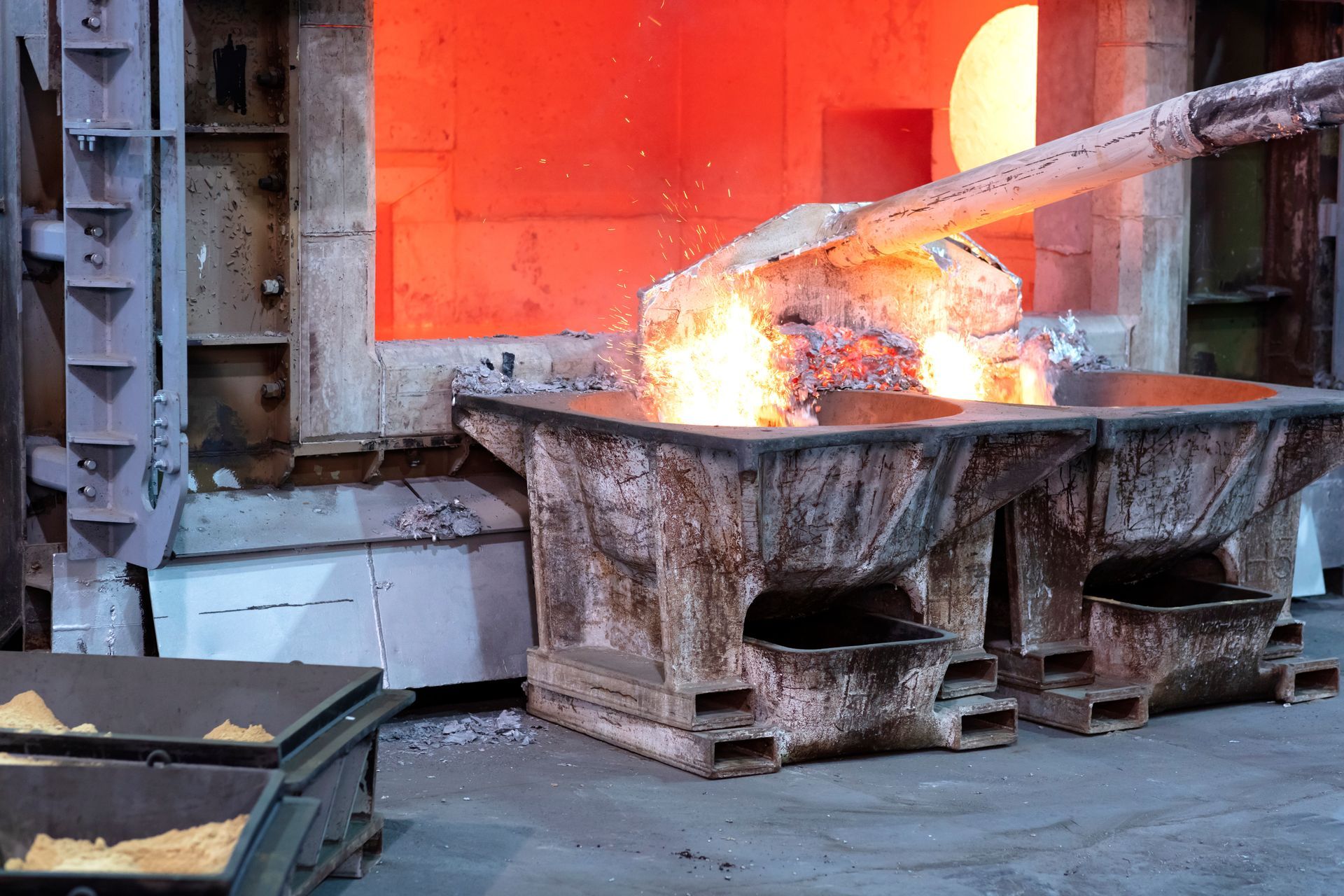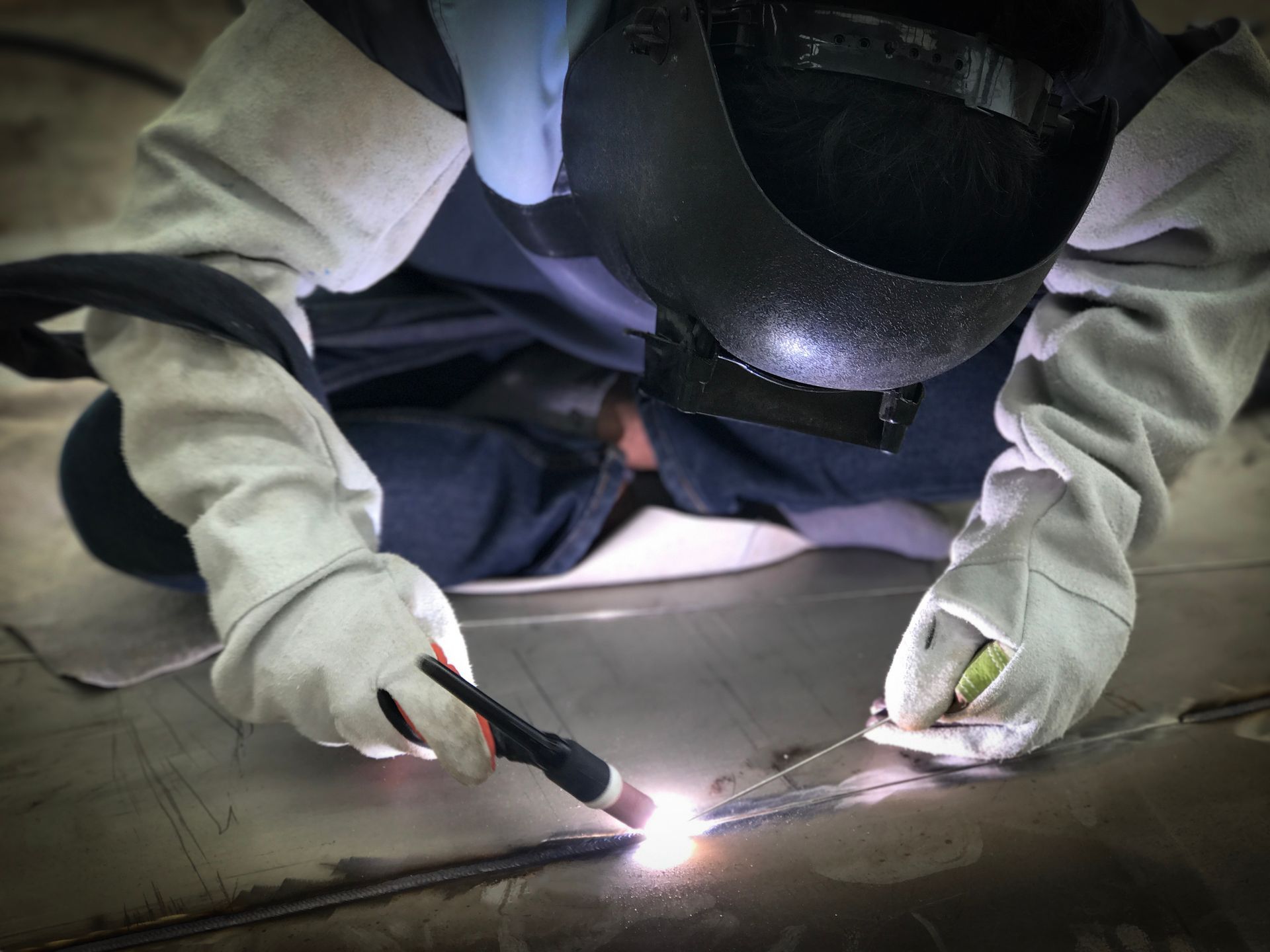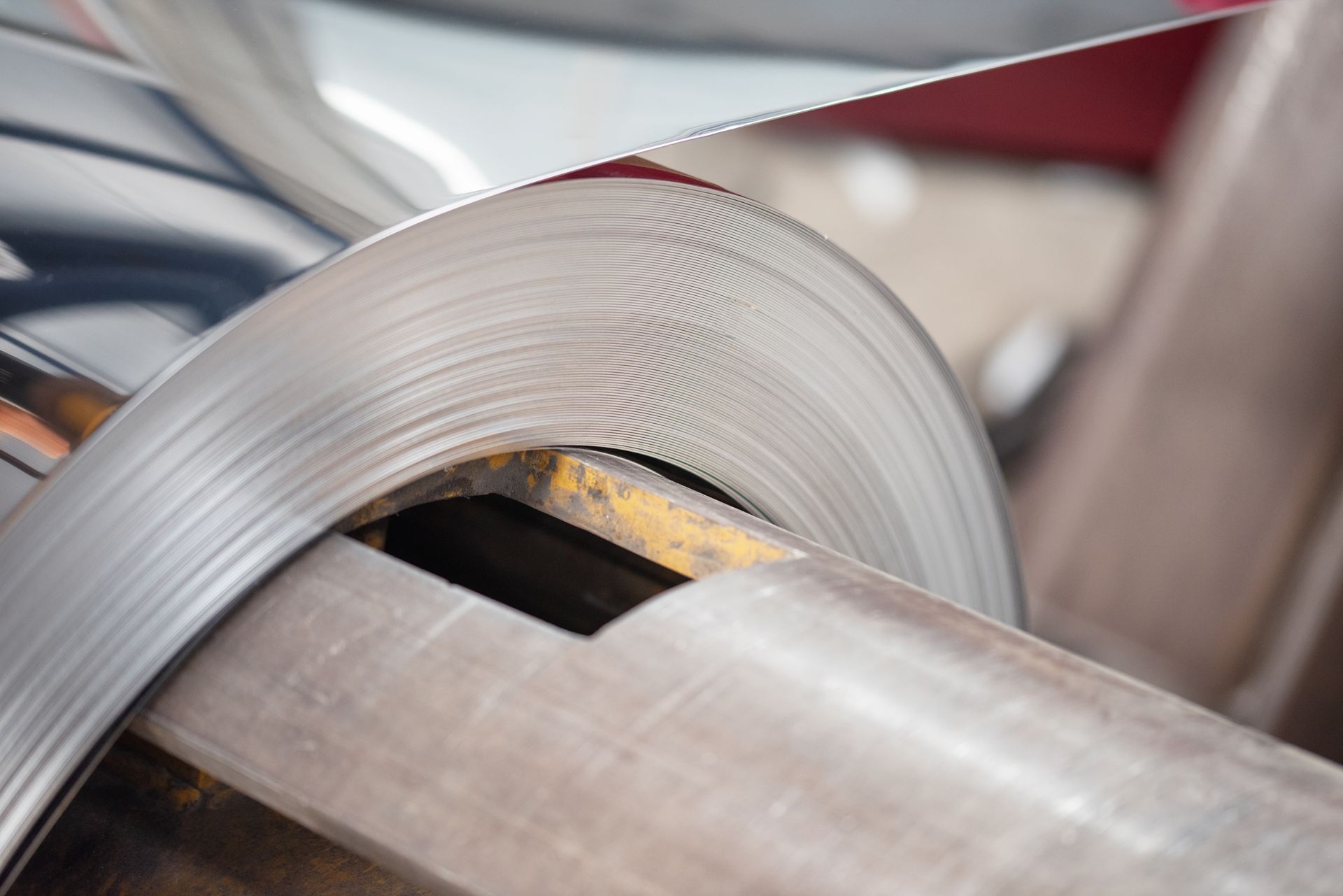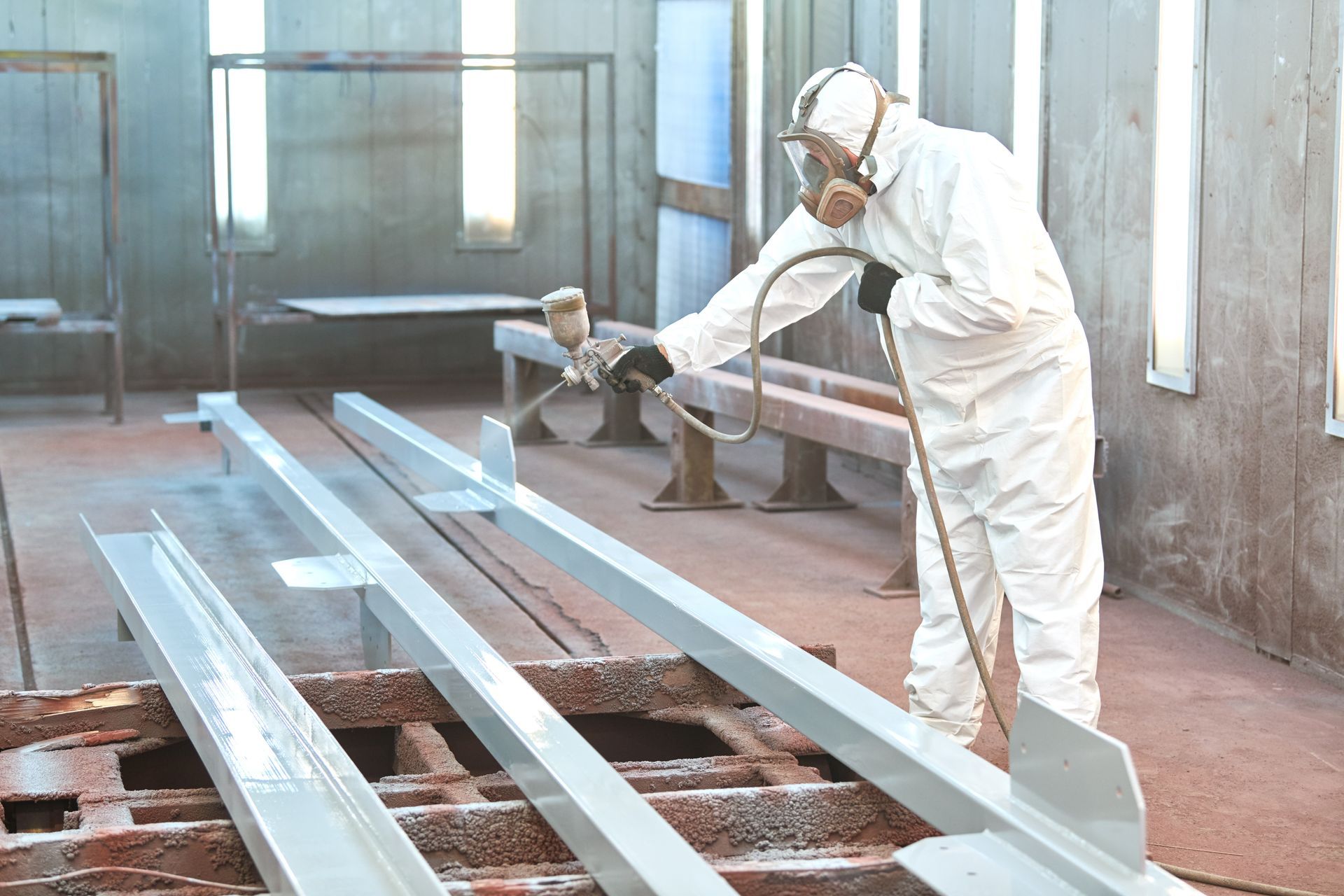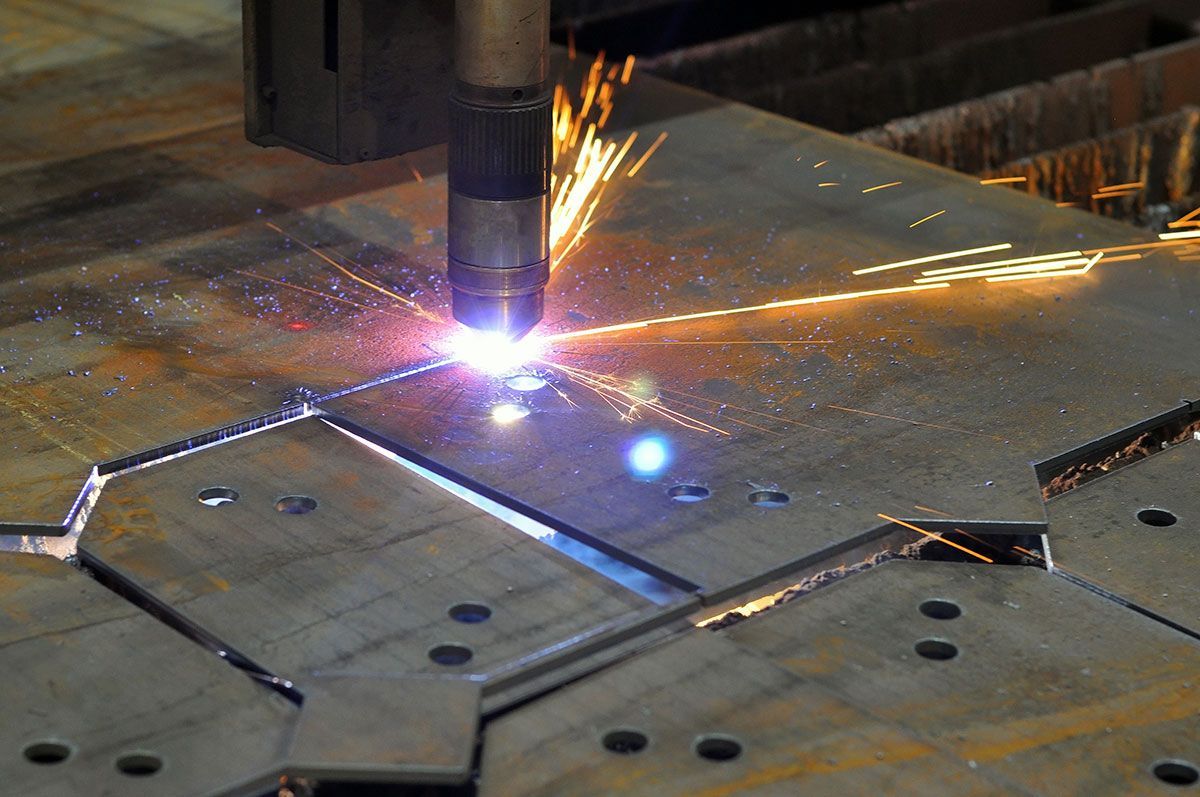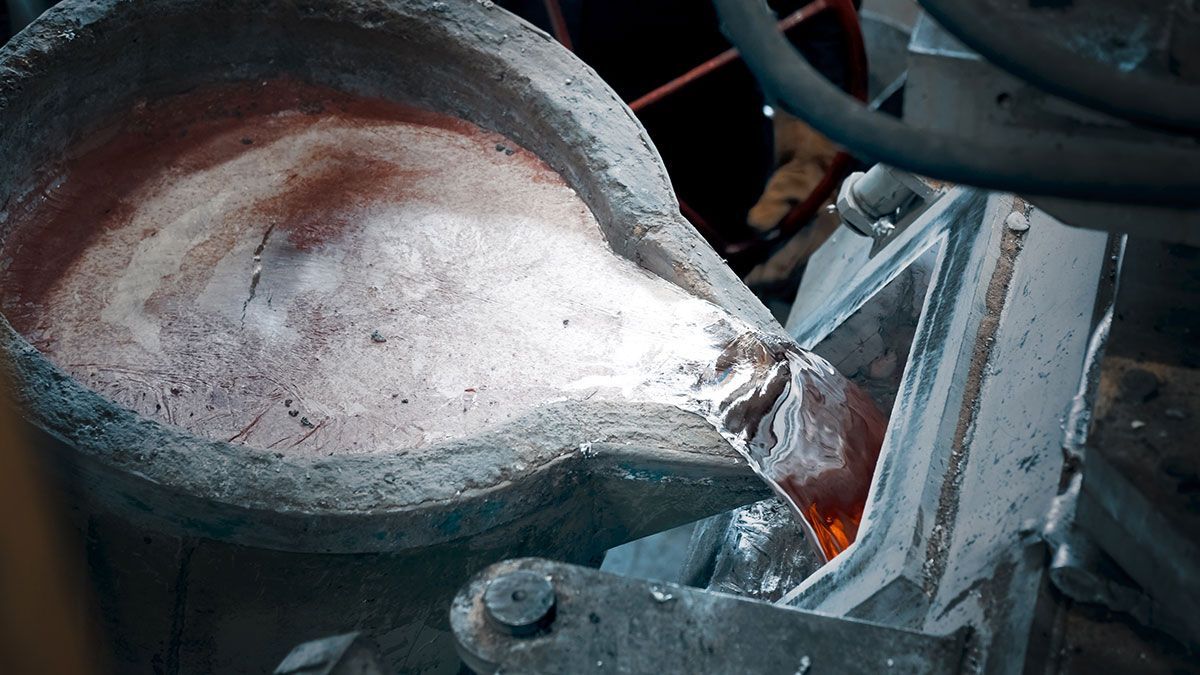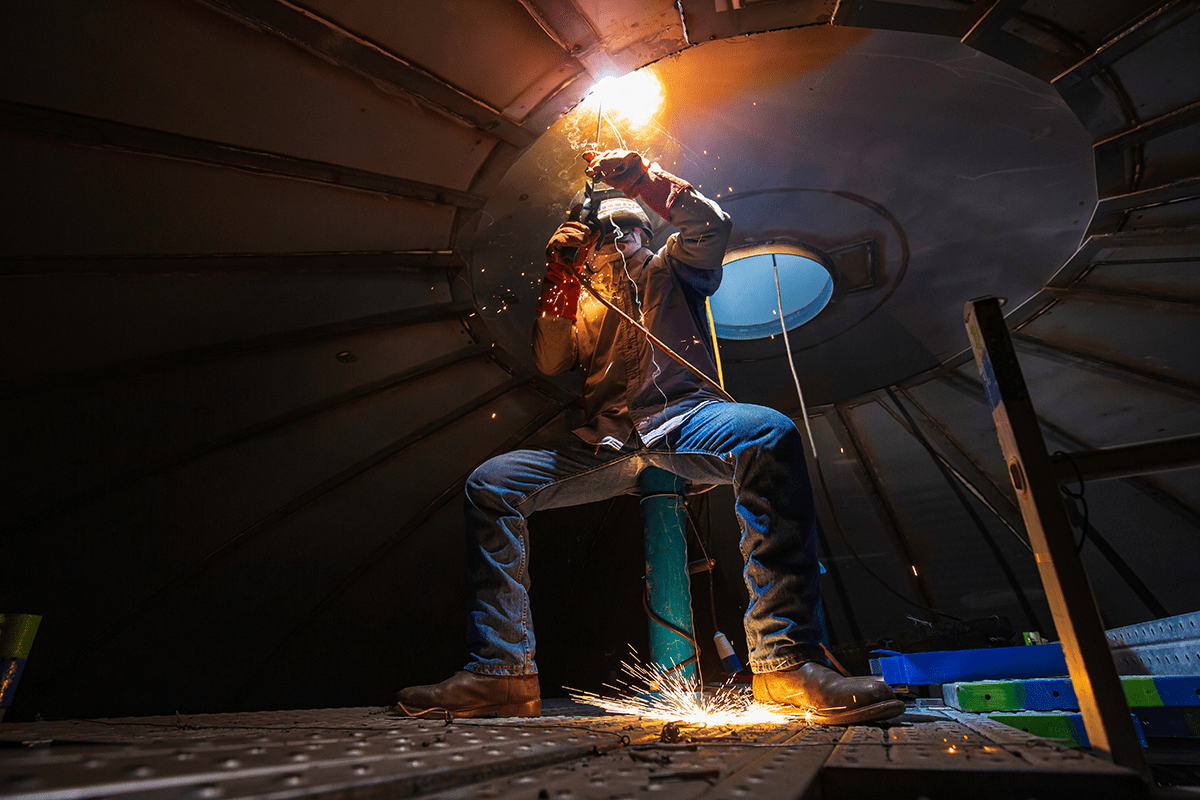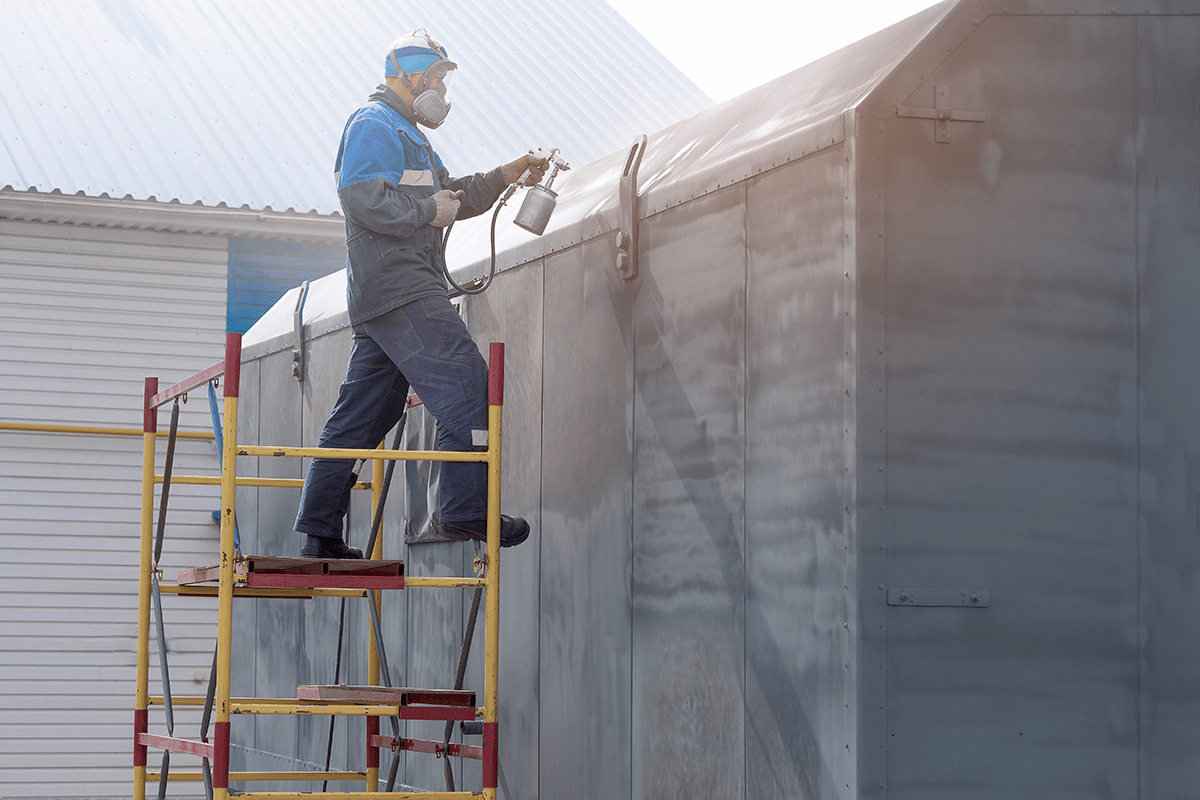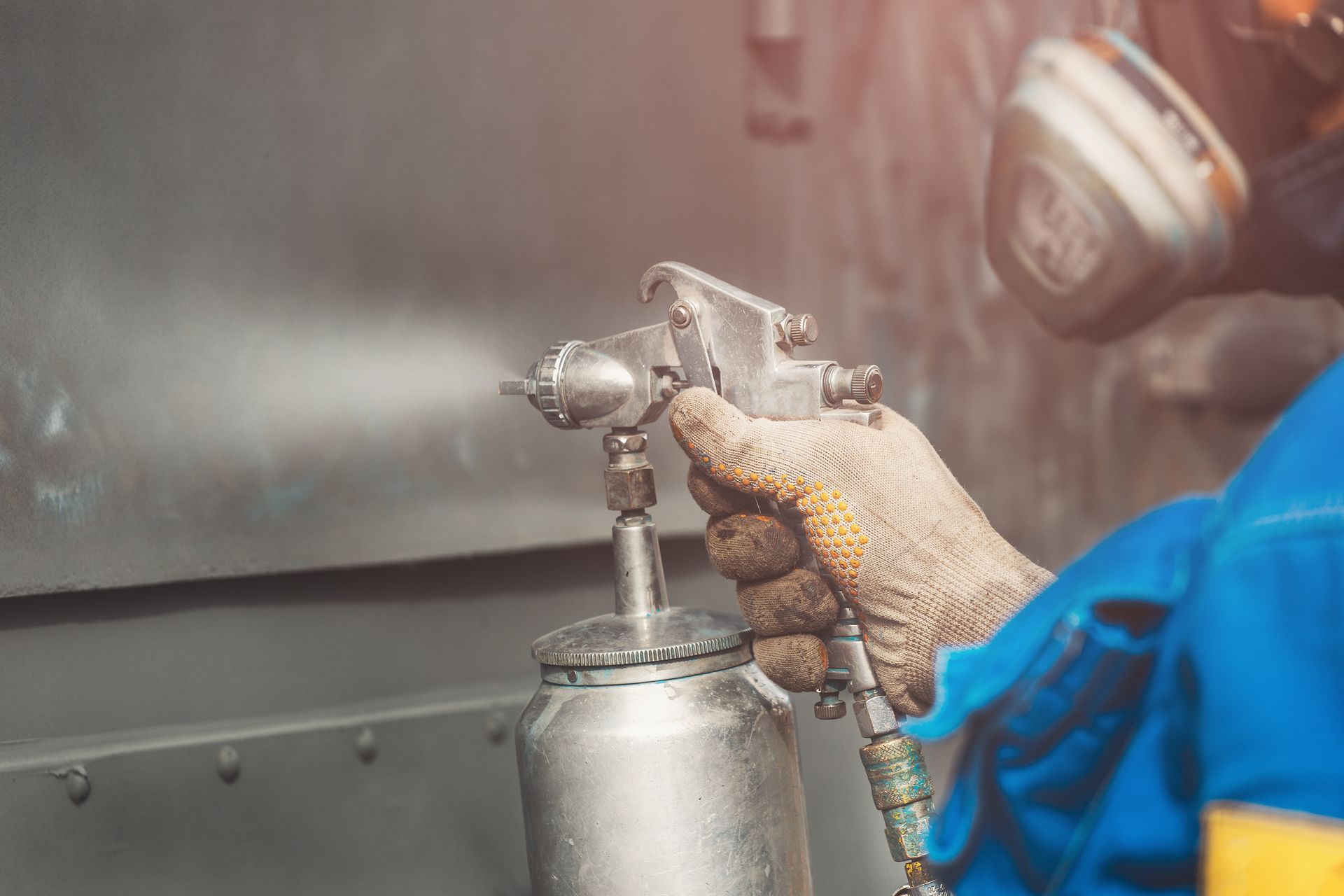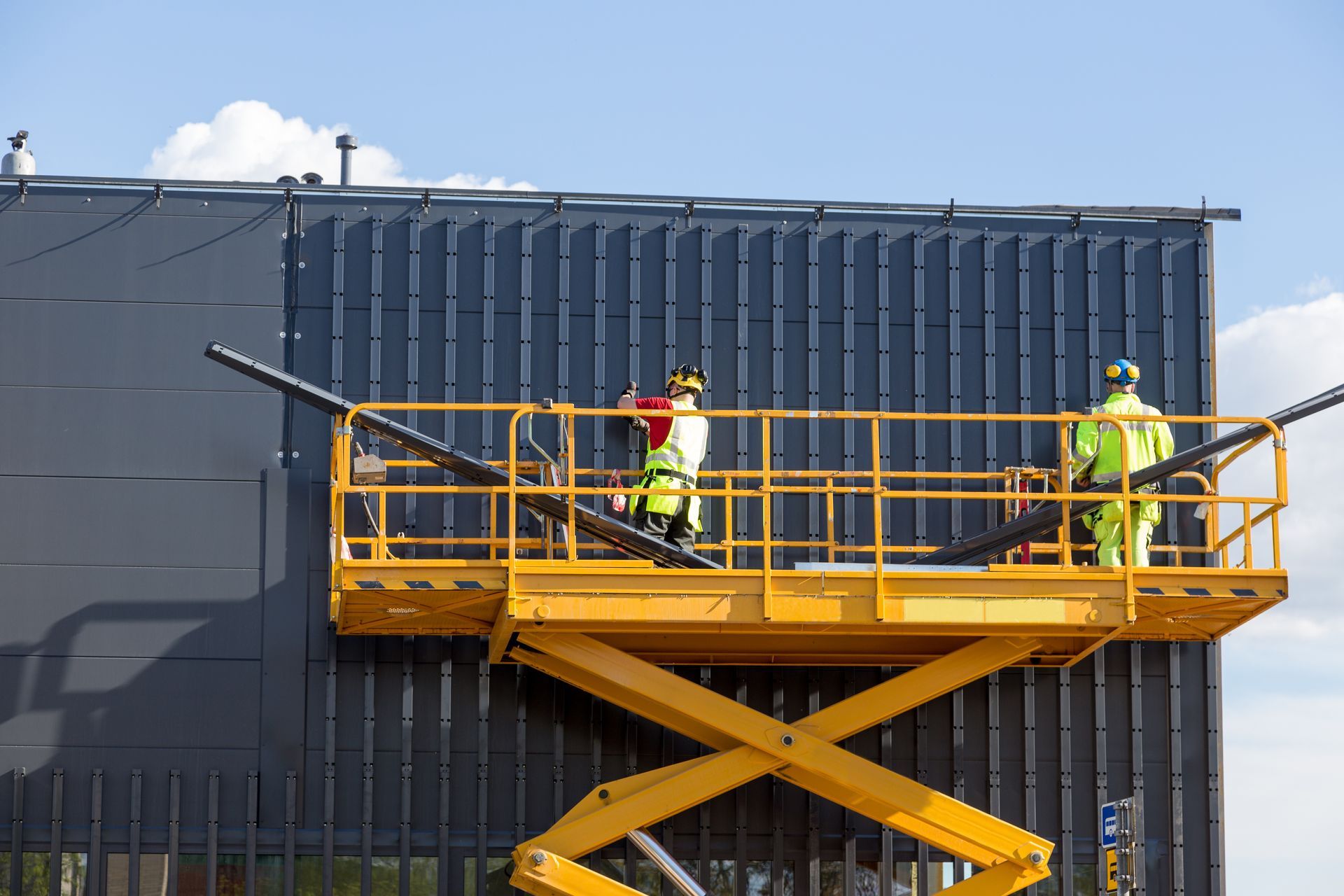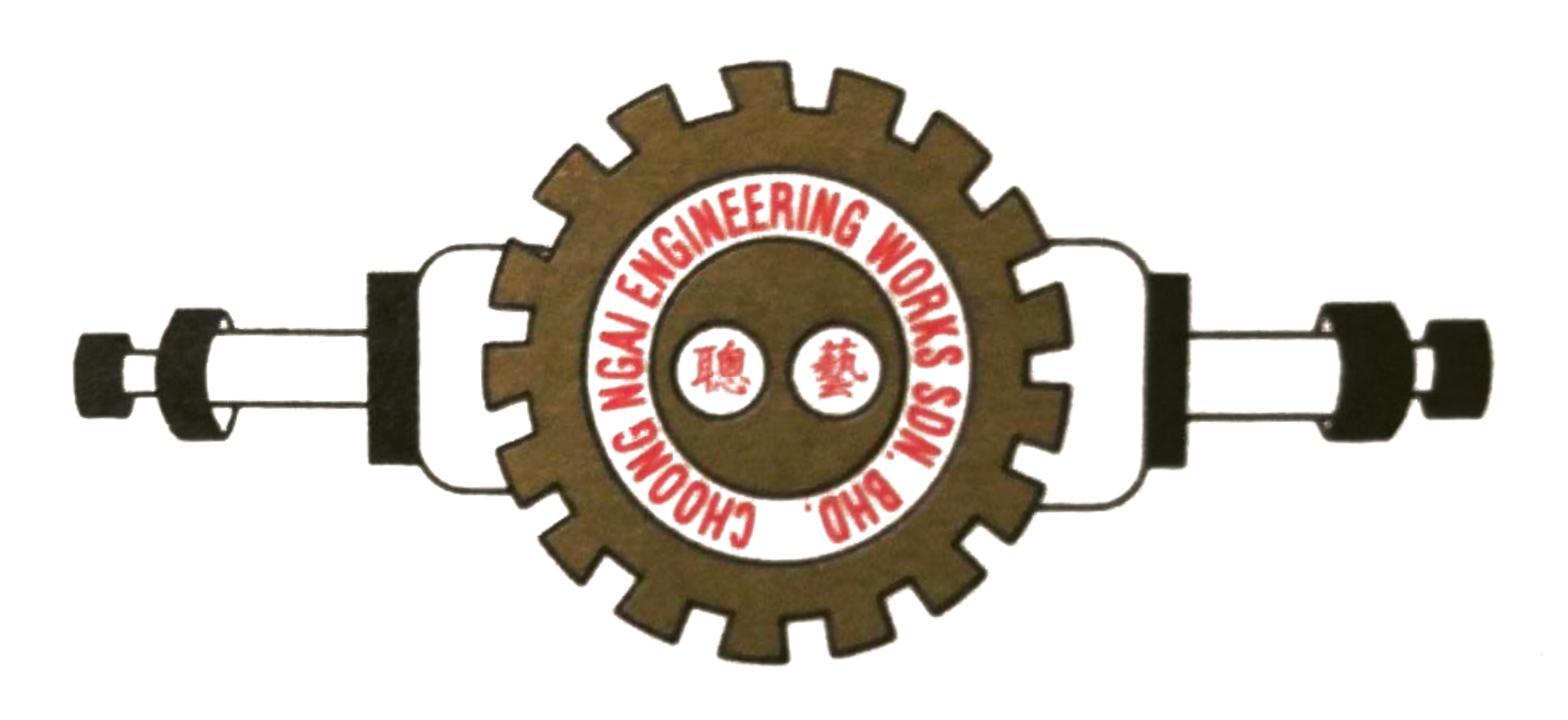Flocculation Tank in Water Waste Industry
Flocculation is the separation of a solution, commonly the removal of sediment from a fluid. The term is derived from floc, which means flakes of material; and when a solution has been flocculated, the sediment has formed into larger aggregated flakes, making them easier to see and remove. This process occurs naturally, or it can also be forced using flocculants and/or physical processes.
It is a common method of stormwater treatment, wastewater treatment, and in the purification of drinking water. One of the requirements for treated water leaving wastewater plants is the removal of suspended solids. Small solid particles affect the colour of the water and carry impurities into our natural water sources like rivers and the ocean.
In this article, we'll explore the different considerations when it comes to choosing your flocculation tank for water treatment as well as list out the different types of flocculation tanks available for the fabrication of flocculation tanks.
What happens in a flocculation tank?
In a water treatment flocculation tank, a coagulant that activates the flocculation process is added to the water and it is rapidly mixed, so that the coagulant is circulated throughout the water.
Most flocculation tanks use hydraulic or mechanical methods to encourage the particles to collide with other particles in the water to create a floc or coagulated water.
The coagulated water can either be filtered directly through a medium filter (such as sand and gravel), a microfiltration or ultrafiltration membrane, or it can be moved to a settling tank. In a settling tank, or clarifier, the heavy particles settle to the bottom and are removed. Hence, once the coagulation and flocculation process is complete, the floc is ready to be taken out. Removal of the floc occurs in the sedimentation and clarification process.
What chemicals are used in flocculation?
The flocculation process involves adding iron or aluminum salts, such as aluminum sulphate, ferric sulphate, ferric chloride or polymers, to the water. These chemicals are called coagulants, and have a positive charge. The positive charge of the coagulant neutralizes the negative charge of dissolved and suspended particles in the water. When this reaction occurs, the particles bind together - this process is also called flocculation.
Factors you need to consider when choosing your flocculation water treatment tank
a) The presence and type of sludge
The commonly-used metal coagulants fall into two general categories: those based on aluminum and those based on iron. The aluminum coagulants include aluminum sulfate, aluminum chloride and sodium aluminate. The iron coagulants include ferric sulfate, ferrous sulfate, ferric chloride and ferric chloride sulfate. Other chemicals used as coagulants include hydrated lime and magnesium carbonate.
The metal chemicals (alum or ferric) will cause sludge to build in the bottom of a flocculation tank. This concentrated sludge can become hazardous, and some state departments of environmental quality require special hazardous waste removal of old coagulant tanks.
A full drain is necessary to alleviate this build up and to ensure a safe and clean tank. Some facilities simply install an outlet above the tank bottom so that sludge can settle below the pump feed, but this only exacerbates the problem.
b) The temperature that the tank will be subjected to
It’s also important to choose a chemical storage solution that can handle some elevated temperatures. Alum is frequently delivered at temperatures as high as 52°C. However, some cross-linked polyethylene (XLPE) tanks have better temperature limits than a standard linear polyethylene (HDPE) storage tank. For harsh environments, a steel tank lined with polyethylene will provide extended tank life.
Likewise, in some cases the unwanted crystallization of coagulants can occur at lower temperatures. You may want to consider installing your tank indoors or possibly including a heat trace and insulation system to maintain the correct temperature if necessary.
With a proper review of the application by a chemical tank specialist, a high-density cross-linked polyethylene tank system can last for many years and deliver a performance that is far superior to other systems.
c) The availability of level indication
Polyethylene chemical storage tanks are usually translucent enough to provide a visible indication of the liquid level. However, when these tanks must be insulated, or where other types of coagulant storage systems are used, alternative methods are available.
We recommend using a reverse float level gauge as a safe and economic option. The float gauge is highly visible and won’t introduce potential leak issues that can be caused by tank wall penetrations.
What are the types of flocculation tanks available?
i) Hydraulic Baffled Wall Flocculator Tanks
Hydraulic Baffled Wall Flocculators are also known as baffle channelled flocculators. This style of flocculator uses baffle walls with a specific amount of spacing to create the desired velocity gradient. The only way to adjust the velocity gradient, however, is to control the flow. The baffle walls for this type of flocculator can either be made of concrete, wood, fibreglass, or stainless steel.
ii) Hyperbolic Flocculators Tanks
Hyperbolic Flocculators create a specific type of turbulence in the basin with their distinct impeller design. Manufacturers take credit for drag coefficient and the relative velocity to create the floc particle. This type of flocculator uses a design that has the gear box handling all radial and axial forces that might occur.
iii) Impeller Flocculator Tanks
Impeller Flocculators have a simple design with an impeller attached to a shaft that goes into a gear box and motor. The gear box on this type of flocculator handles all of the radial and axial forces that might occur
Looking for fabrication of flocculation tanks? Try Choong Ngai Engineering
With Choong Ngai Engineering's veteran technicians and engineers, we can provide end-to-end flocculation tank fabrication services for your many requirements regardless of your industry.
Most importantly, we'll work alongside you and your team to understand and define your exact requirements, and this process ensures that we provide the best solution to your unique maintenance requirements.
With our custom pitch blade turbine fabrication equipment and technique, we've been servicing happy customers for over 10 years.
Learn more about our services and previous projects on our website at
https://www.choongngaiengineering.com/ or
contact us at
choonngaiengworks@gmail.com
